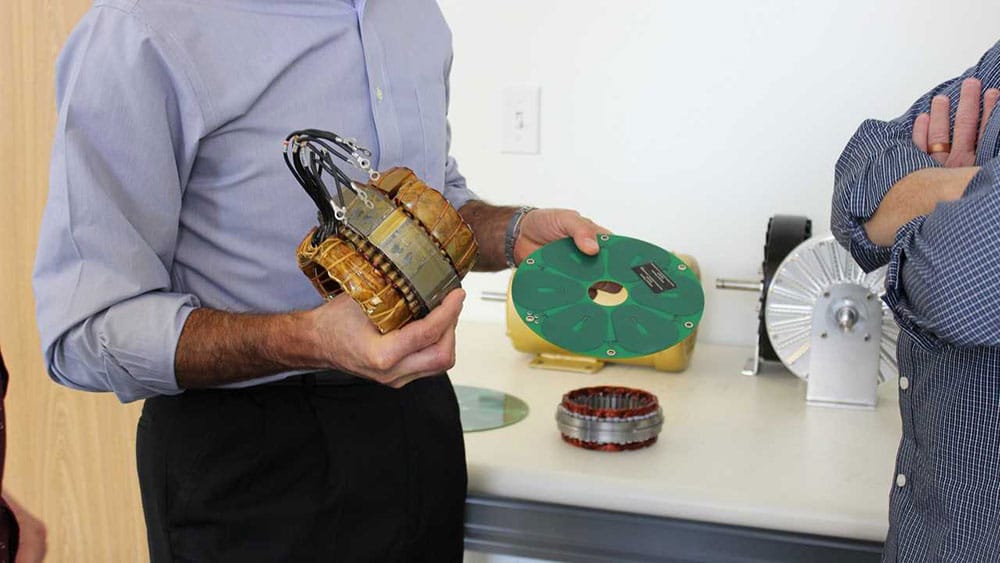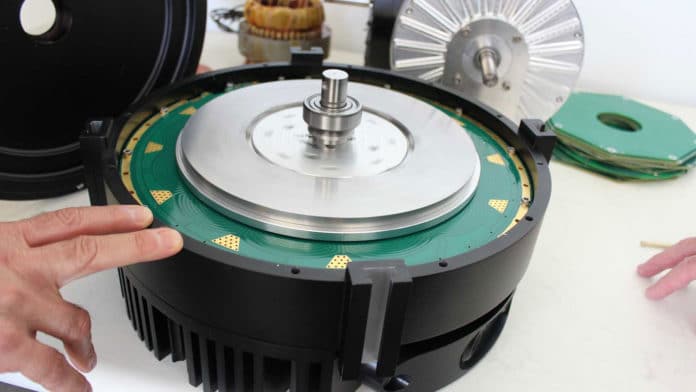In addition to being efficient, the electric motor still has plenty of room for improvement. In fact, several companies are already working on optimizing electric motors, making it lighter, more compact, and reducing the use of metals.
Infinitum Electric, an American motor technology company, has introduced an innovative IoT-enabled electric motor that is more efficient, cheaper, more reliable, quieter, and much lighter than conventional solutions. All this is because the conventional metal winding has been replaced by a printed circuit board.
The CEO of Infinitum, Ben Schuler, says that their solution, in addition to saving mass and space, promises to reduce the use of copper and iron stator windings within the electric motor. This is intended to eliminate losses at its core. The necessary copper circuitry is integrated into the printed circuit board, resulting in a more efficient and durable stator.

In addition, the printed circuit board stator allows installing all the sensors on the same piece, while in a traditional electric motor, they must be installed separately. The customizable design of Infinitum’s motors and generators allows for greater optimization than any other electric motor, resulting in up to 25% lower costs, up to 60% less weight, as well as superior durability and enhanced IoT connectivity.
Read More: Electric GT’s Crate Motor can convert any classic car into an EV
It is difficult to determine the exact number as the efficiency range depends on the size of the motor. However, it can say that it is 10% more efficient than equivalent electric motors.
Besides, the IoT-enabled electric unit proposed by the American company is able to eliminate torque ripple, minimize noise during use, and insulate the conductors as much as possible of copper protecting them from possible failures.
Thanks to the $ 12.5 million investment announced on December 5, production at the new Austin, Texas facility will be launched quickly enough to allow deliveries to start in June 2020. We will keep our fingers crossed for the companies and believe they will get into electric vehicles as soon as possible.
